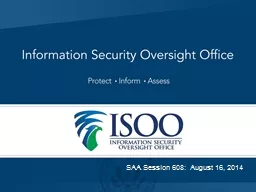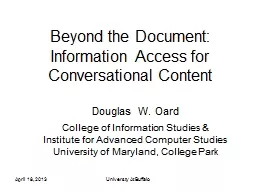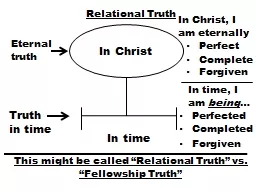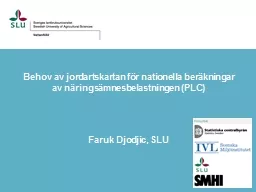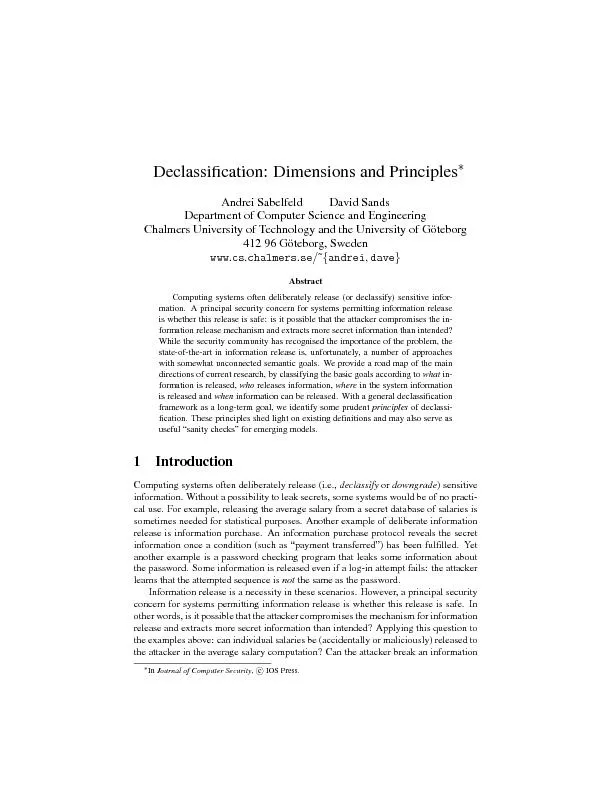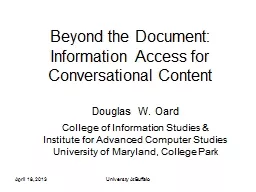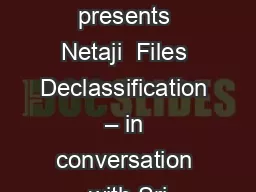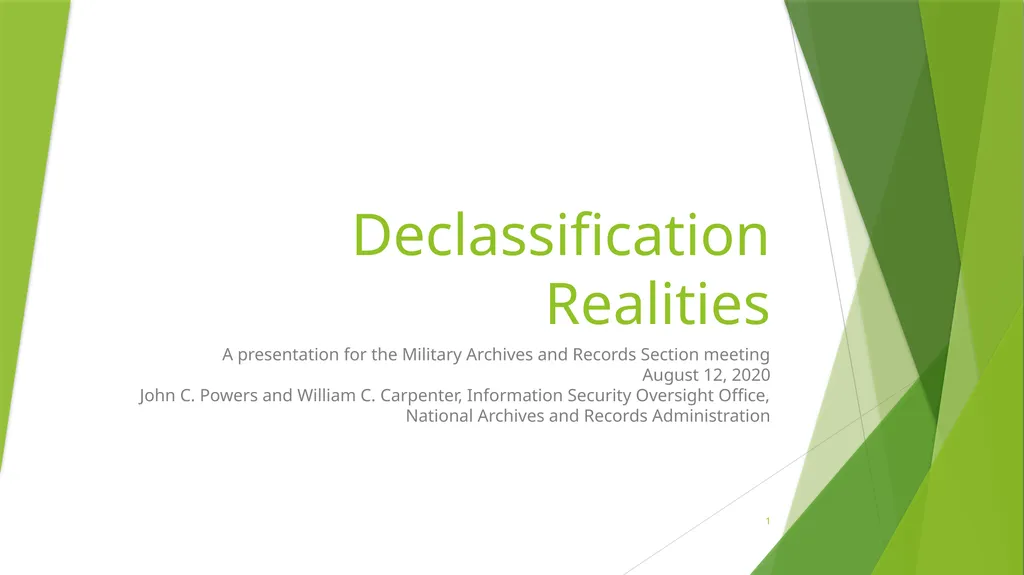
Author : karlyn-bohler | Published Date : 2025-07-16
Description: Declassification Realities A presentation for the Military Archives and Records Section meeting August 12, 2020 John C. Powers and William C. Carpenter, Information Security Oversight Office, National Archives and Records Administration 1Download Presentation The PPT/PDF document "" is the property of its rightful owner. Permission is granted to download and print the materials on this website for personal, non-commercial use only, and to display it on your personal computer provided you do not modify the materials and that you retain all copyright notices contained in the materials. By downloading content from our website, you accept the terms of this agreement.
Here is the link to download the presentation.
"Declassification Realities A presentation for the"The content belongs to its owner. You may download and print it for personal use, without modification, and keep all copyright notices. By downloading, you agree to these terms.



